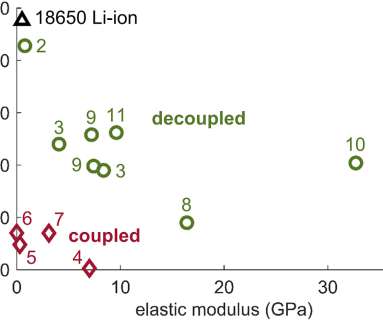How Hard Is Lithium-Air Battery Research? Pretty Tough, Actually
Green Car Reports
MAY 8, 2014
It''s hard to keep track of all the future battery technology candidates, but lithium-air battery technology is among the most widely-researched. Its biggest draw is the potential to store three times the energy in batteries the same size and weight of today''s electric vehicles--providing huge increases in range.

















Let's personalize your content